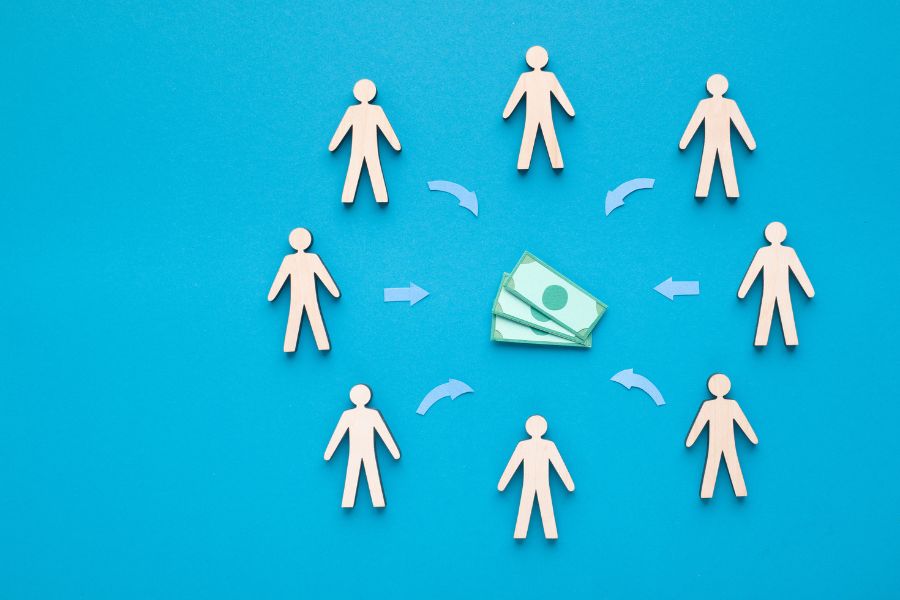Microloans provide small amounts of capital, usually less than $50,000, to individuals and small businesses that might not qualify for larger loans. They are designed to be accessible, with less stringent qualification criteria and simplified application processes. This makes them an ideal financial tool for those looking to make modest yet significant changes in their personal or professional lives.
Traditional loans often come with higher borrowing limits, more rigorous credit requirements, and a longer application process. Microloans, on the other hand, focus on smaller amounts and shorter terms, which reduces risk for the lender and eases the repayment burden on the borrower. This approach broadens the scope of who can receive financial assistance, reaching individuals and small businesses that might otherwise be left out.

The concept of microloans is deeply rooted in the principle of providing financial access to the underserved. The history of these small loans can be traced back to the 1970s, when economist Muhammad Yunus began experimenting with lending small sums to impoverished individuals in Bangladesh. His goal was to demonstrate that with the right financial resources, even the poorest could become creditworthy and self-sufficient. This experiment led to the establishment of the Grameen Bank in 1983, which solidified the microloan model: provide small, manageable loans to help individuals start small businesses, thereby lifting themselves out of poverty.
The success of the Grameen Bank sparked a global movement towards microfinance. In the following decades, microloans spread across continents, adapting to various economic, cultural, and social environments. In Latin America, Africa, and Asia, numerous microfinance institutions sprang up, each tailoring the concept to local needs and conditions. In the United States, microloans gained traction in the late 1980s and 1990s, particularly for helping low-income entrepreneurs start and grow their businesses by granting access to smaller loans that are easier to repay.

Today, microloans are recognized globally as vital tools for economic development and empowerment. They have expanded beyond their original purpose to include not just business loans but also personal loans for education, home improvement, and emergency needs. This evolution of microloans reflects their fundamental goal: to provide a financial stepping stone for those who need it most.
Microloans are particularly beneficial for:

Microloans are best suited for situations where modest financial support can catalyze significant personal or business advancements. These loans are particularly effective in several specific scenarios:

In each of these cases, the primary advantage of a microloan is its scale. The smaller size of the loan reduces the financial burden on the borrower, making it easier to manage repayments. Moreover, the flexibility and relatively quick processing of modern microloans make them an appealing option for immediate financial needs, helping individuals and small businesses maintain momentum without getting bogged down by excessive debt.
For residents of Missouri, Texas, and Utah, microloans from Loan Ridge can be a step toward achieving personal and business aspirations. By offering smaller, more manageable loans, Loan Ridge helps bridge the gap between dreams and reality, providing a financial foundation for those looking to make impactful life changes.